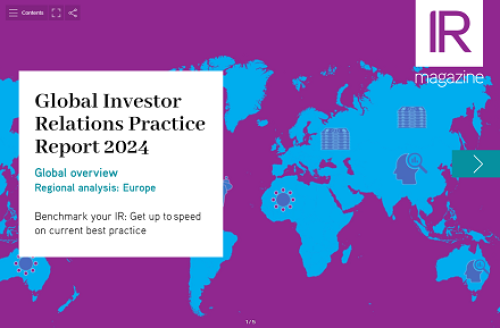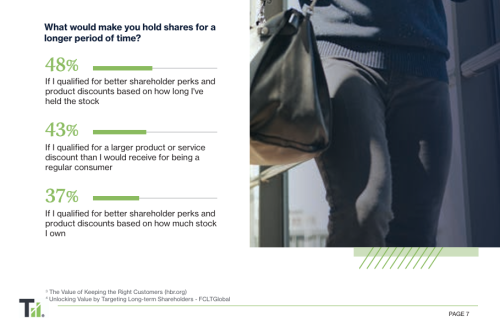Looking back over the past 10 years of remuneration report voting outcomes across ASX 300 companies, Guerdon Associates’ research points to ‘cyclical’ waves when companies see more ‘no’ votes as shareholder expectations around governance change.
‘New governance expectations lead to higher [levels of] no votes before companies adjust to the expectations, which is then followed by lower no votes,’ says Guerdon, with a resulting ‘wave-like pattern’ seen over time.
The firm adds, however, that ‘in reality no votes on remuneration reports are also subject to noise from other forces (such as economic conditions affecting shareholder return), which may distort the wave predictability’.
In Australia, a non-binding vote on ASX-listed companies’ remuneration reports came into force in 2005 with a further ‘two strikes’ rule introduced in 2011.
Using data from Bloomberg, Guerdon studied average ASX 300 remuneration report voting outcomes from 2011 to 2021, finding notable peaks in 2011, 2018 – though far more muted – and in 2020, as well as in years when the number of shareholders rejecting a remuneration report dipped.
The firm offers some explanation for why companies might have seen more or less support over the past decade:
- The average remuneration no votes’ peak in 2011 was likely due to higher governance expectations by shareholders with the introduction of the two-strikes rule, says Guerdon, adding that the subsequent lower average no votes in 2012 and 2013 were ‘likely the result of companies successfully responding to shareholder expectations and concerns’
- Guerdon says ‘the 2018 higher average remuneration no votes was likely driven by the Royal Commission into the misconduct of the financial sector’
- Higher averages of no votes in 2020 can be attributable to the initial impact of the pandemic, explains Guerdon: lower shareholder returns, companies issuing retention grants and companies paying out bonuses after receiving JobKeeper payments.
Researchers also split companies into ASX 100 and ASX 101-300 firms, finding more ups and downs in larger company remuneration votes. ‘This is consistent with larger companies receiving more scrutiny from shareholders on executive remuneration,’ says Guerdon.
‘It will be interesting to see the ASX 300 voting outcomes for FY22, given heightened focus on ESG matters and relatively lower shareholder returns in a high inflationary environment.’










